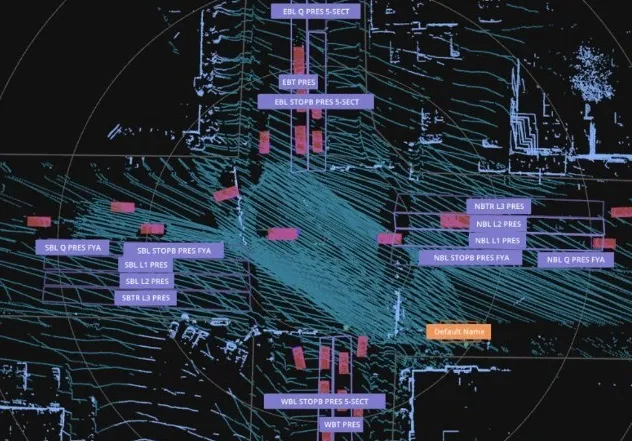Optimisation of traffic signals is often seen as a challenging and expensive task, requiring inductive loops, cameras or manual counting for traffic monitoring. However, a new development from Danish wireless technology company Blip Systems aims to change that. BlipTrack uses a combination of Bluetooth and wi-fi to constantly monitor and map traffic flow. The system detects all vehicles containing Bluetooth or wi-fi enabled devices to provide accurate traffic data, enabling real-time traffic monitoring a
May 8, 2013
Read time: 1 min
Optimisation of traffic signals is often seen as a challenging and expensive task, requiring inductive loops, cameras or manual counting for traffic monitoring.
However, a new development from Danish wireless technology company3778 Blip Systems aims to change that.
BlipTrack uses a combination of Bluetooth and wi-fi to constantly monitor and map traffic flow. The system detects all vehicles containing Bluetooth or wi-fi enabled devices to provide accurate traffic data, enabling real-time traffic monitoring and allowing operators to make adjustments to traffic signal timing, optimising traffic flow and reducing travel time. Drivers can also receive real-time information on incidents and congestion.
BlipTrack sensors are independent of light and weather conditions, require no maintenance and can be installed without disrupting traffic. The system can cover broad road networks with sensors installed at key points, providing a cost effective traffic management solution.
However, a new development from Danish wireless technology company
BlipTrack uses a combination of Bluetooth and wi-fi to constantly monitor and map traffic flow. The system detects all vehicles containing Bluetooth or wi-fi enabled devices to provide accurate traffic data, enabling real-time traffic monitoring and allowing operators to make adjustments to traffic signal timing, optimising traffic flow and reducing travel time. Drivers can also receive real-time information on incidents and congestion.
BlipTrack sensors are independent of light and weather conditions, require no maintenance and can be installed without disrupting traffic. The system can cover broad road networks with sensors installed at key points, providing a cost effective traffic management solution.










